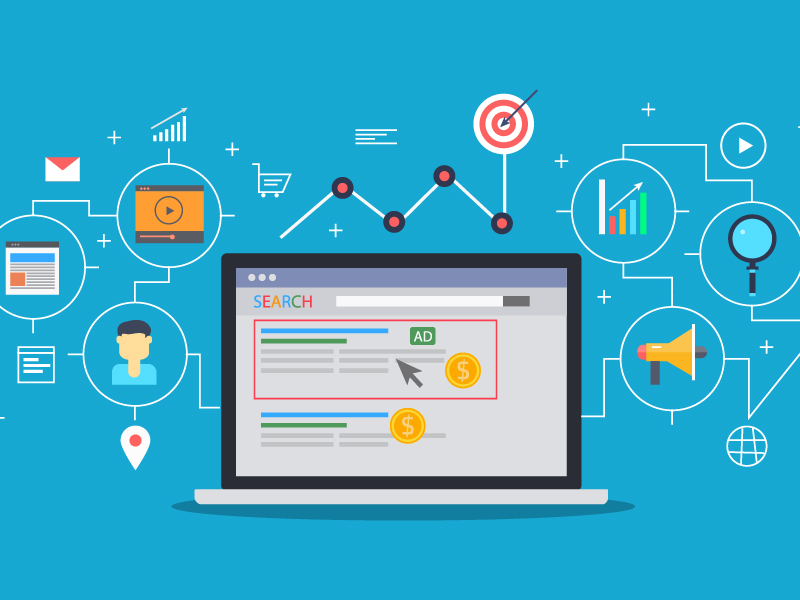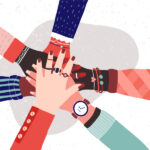
Society and Purpose: Service Design and Saving the World – Part 1

We’re already in Week 9. The third brief of the module is titled Society and Purpose. In the introduction video, the module leader gave explained that the main theme of the brief will be to explore how design impacts society and also how designers are instigated into using their skills to better it. In addition to this, we will be looking at various research methodologies that designers use when undertaking such projects.
This week’s lecture introduced the topic of Service Design. It is a relatively new field in within the Graphic Design industry. As explained in the lecture, this term was first used by the University of Koln in 1991, where it was described as “the planning and organizing people, infrastructure, communication and material components of a service in order to improve its quality and the interaction between service provider and customers.”
Service Design can be described as a combination of different graphic design fields put together. The most popular combination is probably aesthetics and technology. Examples of these would be the latest gadgets such as phones, laptops and hi-fi systems. Biomechanics and robotics can be considered as a form of service design, artificial robotic limbs in particular. It is not a question of making a limb work anymore, but also to look as realistic as possible.
In the book This is Service Design Thinking, by Marc Stickdom and Jakob Schnieder, Service Design is described 5 principles, namely:
- User-centered: Understanding the user through qualitative research is the first step to get into the right frame of mind.
- Co-creative: involving all the stakeholders in the design process ensures an all-around exploration of possibilities from different perspectives.
- Sequencing: partitioning a complex service into smaller, simpler segments one after the other makes a process easier to handle.
- Evidencing: visualising service experiences and making them tangible as a result of a process
- Holistic: considering touchpoints in a larger network of interactions and users is important to work on the best possible solution.
A service design process includes a variety of tool and steps. Designers use a multitude of tools that include observational exercises, interviewing, brainstorming and such. Such exercises are used to help in formulating a multitude of research material that is useful prior to the designers gets down to actually designing, as well as during the actual design process. This includes the creation of personas, customer journey maps, networking maps and service blueprints.





